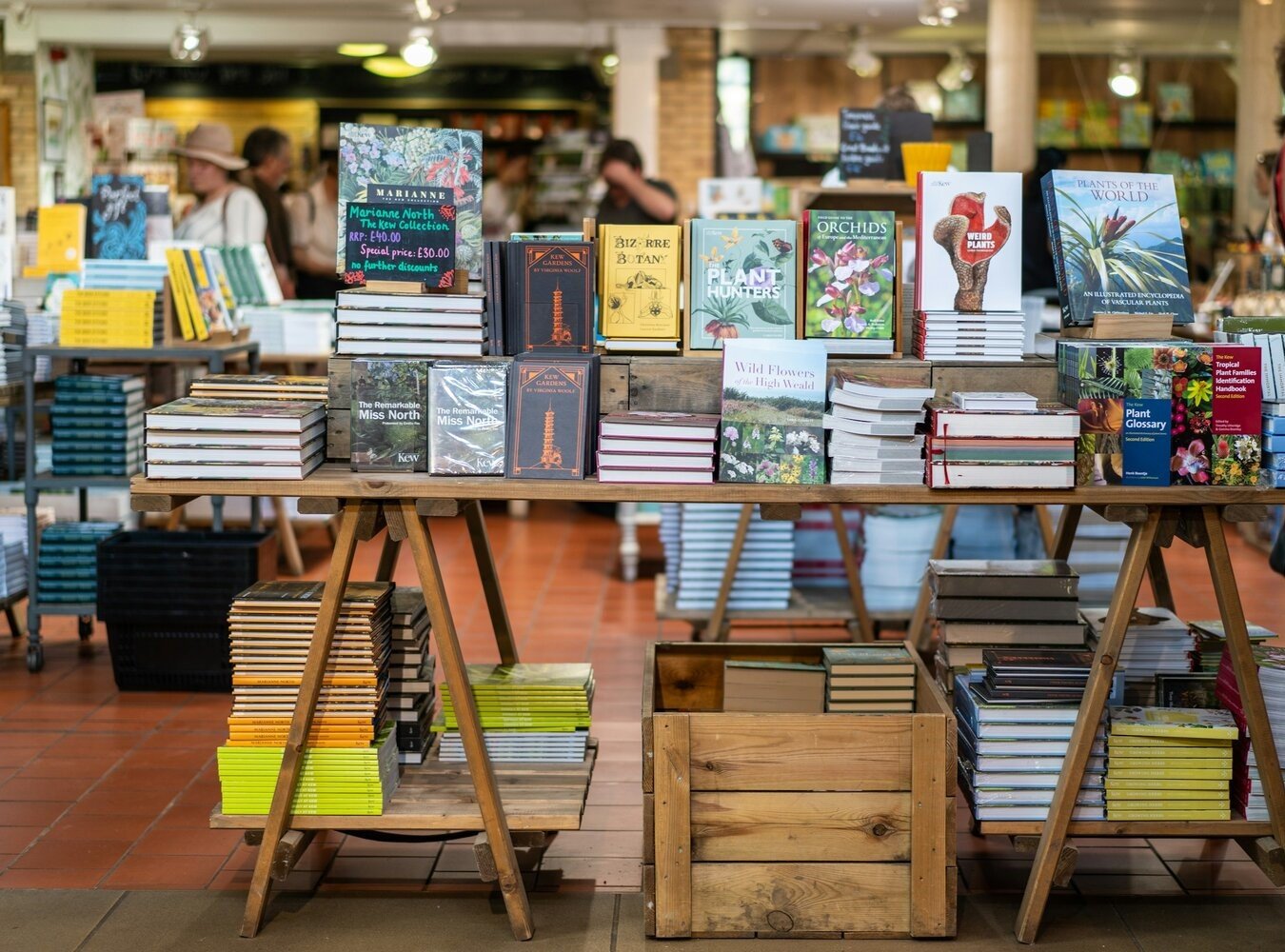
SUPPORTING
WILDLIFE
HELPING
LOCAL
Wildlife
The bird population in the Northern Hemisphere has declined by almost 30% in the last 50 years, so they could use our help. Having plants in your garden is important to support wildlife, particularly during the winter months.
These plants serve as a crucial food source, producing seeds, berries, and fruits that become essential sustenance for birds, squirrels, and other creatures when their regular food supplies are scarce.
Lending a hand to wildlife can be simple and rewarding, whether by planting native species, providing water sources, or creating habitat spaces in your garden.
WILDLIFE SUPPORT IDEAS
-
PLANT NATIVE TREES & SHRUBS
Choose native plants that provide food and shelter for local wildlife. Evergreen varieties are particularly beneficial as they offer year-round cover.
-

PROVIDE BIRD FEEDERS
Set up bird feeders with a variety of seeds, suet, and nuts to attract and feed birds. Clean the feeders regularly to prevent the spread of diseases. See sources below.
-

INSTALL NESTING/ROOSTING BOXES
Put up nesting boxes for birds, providing them with safe and insulated spaces for roosting during cold nights. See sources below.
-

LEAVE SEED HEADS & BERRIES
Instead of tidying up the garden completely, leave some seed heads and berries on plants. This provides a natural food source for birds and other animals. See list below.
-

CREATE BUSH PILES
Gather fallen branches and twigs to create brush piles in a corner of your garden. These piles offer shelter for small mammals, insects, and birds.
-

PROVIDE FRESH WATER
Ensure there's a source of unfrozen water for wildlife. Consider installing a heated bird bath or regularly refreshing water dishes to meet their hydration needs.
-

AVOID USING PESTICIDES
Minimize or eliminate the use of pesticides, as they can harm beneficial insects that serve as a food source for birds.
-

PLANT WINTER-FRIENDLY FLOWERS
Choose winter-flowering plants to provide nectar for pollinators and other insects. See list below.
-

CREATE HABITAT DIVERSITY
Include a variety of habitat elements in your garden, such as rocks, logs, and leaf litter, to accommodate different species with varying needs.
WILDLIFE PLANT FOOD SOURCES
WINTER FLOWERS
Winter Jasmine (Jasminum nudiflorum)
Winter Honeysuckle (Lonicera fragrantissima)
Winter-flowering Cherry (Prunus subhirtella)
WINTER BERRIES
Gardens can act as migration stopovers for birds, offering a place to rest and find nourishment during their journeys, when resources are limited.
FEEDING & HABITAT RESOURCES
Bird Houses, Nesting
Boxes, and Birds Feeders
For easy delivery and many choices: Amazon
Unique one-of-kind houses and feeders: Etsy
Artisan built houses with character: Gardeners Supply
For help choosing the right house for your yard: National Wildlife Federation
To build your own nesting box or bird feeder: Nestwatch and Project Learning Tree














